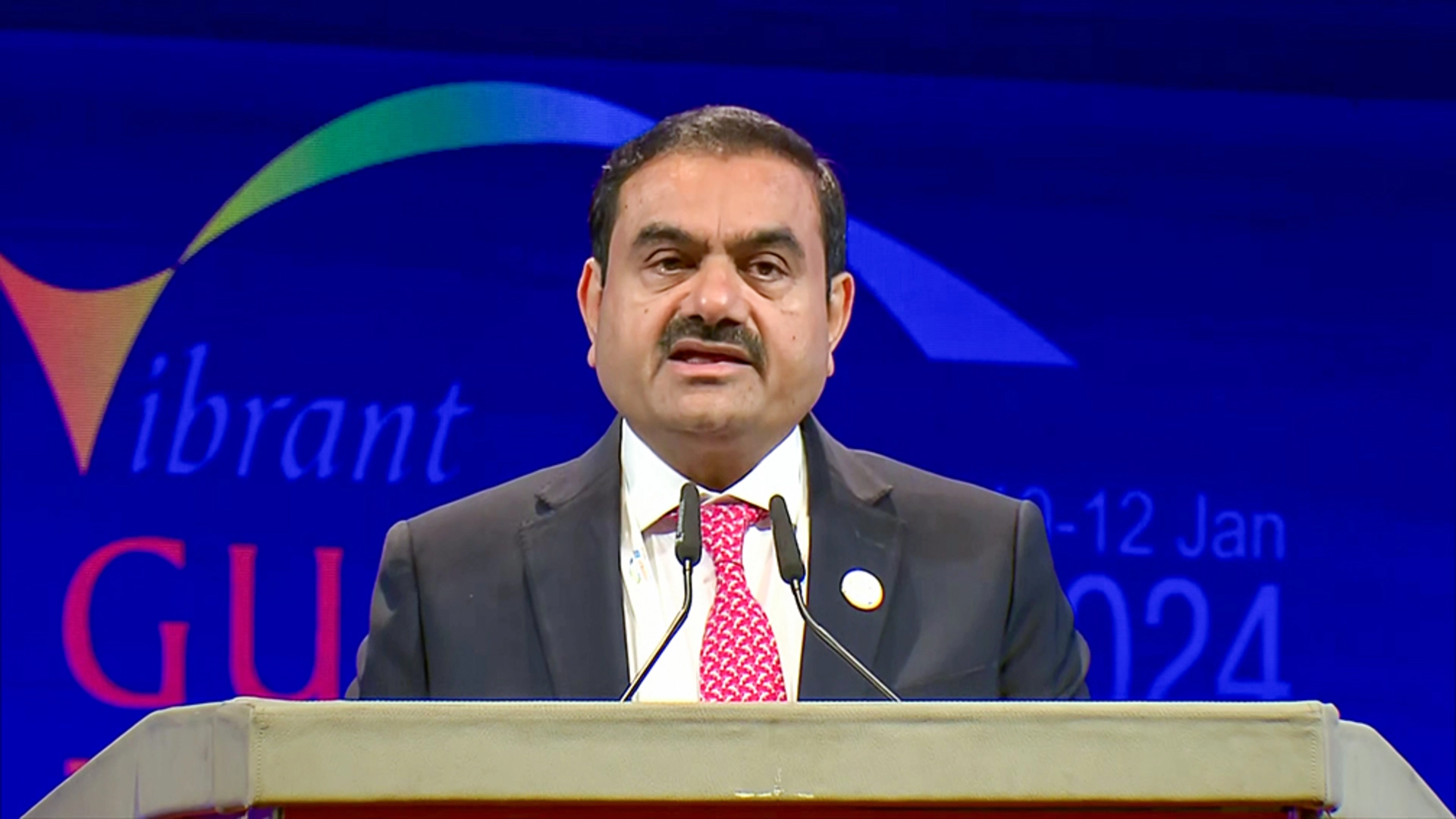
In its monthly review report, the Ministry of Finance noted that recent bank failures in the US and Europe, which were brought on by the cycle of tightening monetary policy — primarily as a result of interest rate increases — raised concerns among policymakers about the fragility of financial systems, particularly in emerging market economies (EMEs).
The collapse of a few regional banks in the US, which started with Silicon Valley Bank, and the takeover of the crisis-hit Credit Suisse Bank by the Union Bank of Switzerland (UBS) have sent ripples across the global banking industry and posed fears of a contagion effect across economies, the finance ministry said. The review report put on Tuesday categorically stated that India’s banking system is considerably less prone to such incidents.
“A discussion of what caused the collapses overseas is beyond our remit but we will confne to restating the factors that make the Indian banking system considerably less prone to such developments in the near-to-medium term future,” the report said.
One of the most prominent lenders in the world of technology startups, Silicon Valley Bank, which was struggling, collapsed on March 10, after a run on the bank by the depositors. Its closure led to a contagion effect and subsequent shutting down of other banks.
Banking supervision in India is robust with the RBI’s coverage of institutions, regardless of asset size and macro stress tests are also performed from time to time on individual banks, the finance ministry said.
Also, the finance ministry said the rapid withdrawal of deposits is unlikely as 63 per cent of the deposits the households contributed are considered “sticky”.
“Further, as more than 60 per cent of deposits are held by public sector banks, depositors in India are reassured about the safety of their savings,” the finance ministry report added.
Further, the Ministry of Finance said that recent incidents that happened in the US and Europe-based banks are bound to happen in a rapid monetary policy tightening cycle. It noted that an analysis of the Indian banking system reveals that Indian banks appear well-placed to handle any stress emanating from the current tightening cycle.
Indian banks don’t hold a majority of their assets in the form of bonds. Instead, for the top ten banks in terms of asset size, loans constitute more than 50 per cent of their total assets, making banks more immune to the rising interest rate cycle.
Meanwhile, the Reserve Bank of India, in its first monetary policy review meeting in 2023-24 earlier held this month, decided to keep the key benchmark interest rate — the repo rate — unchanged at 6.5 per cent, to assess the effects of the policy rate tightening done so far on various macroeconomic parameters.
Barring the recent pause, RBI has so far raised the repo rate, the rate at which it lends to banks, by 250 basis points cumulatively since May 2022 in the fight against inflation. In the US, the interest rate is currently at 4.75.5.00 per cent, which was near zero during the initial days of the pandemic.Raising interest rates is a monetary policy instrument that typically helps suppress demand in the economy, thereby helping the inflation rate decline and vice versa.In India, headline consumer price index-based (CPI) inflation (or retail inflation) has gradually declined from its peak of 7.8 per cent in April 2022 to 5.7 per cent in March 2023.













